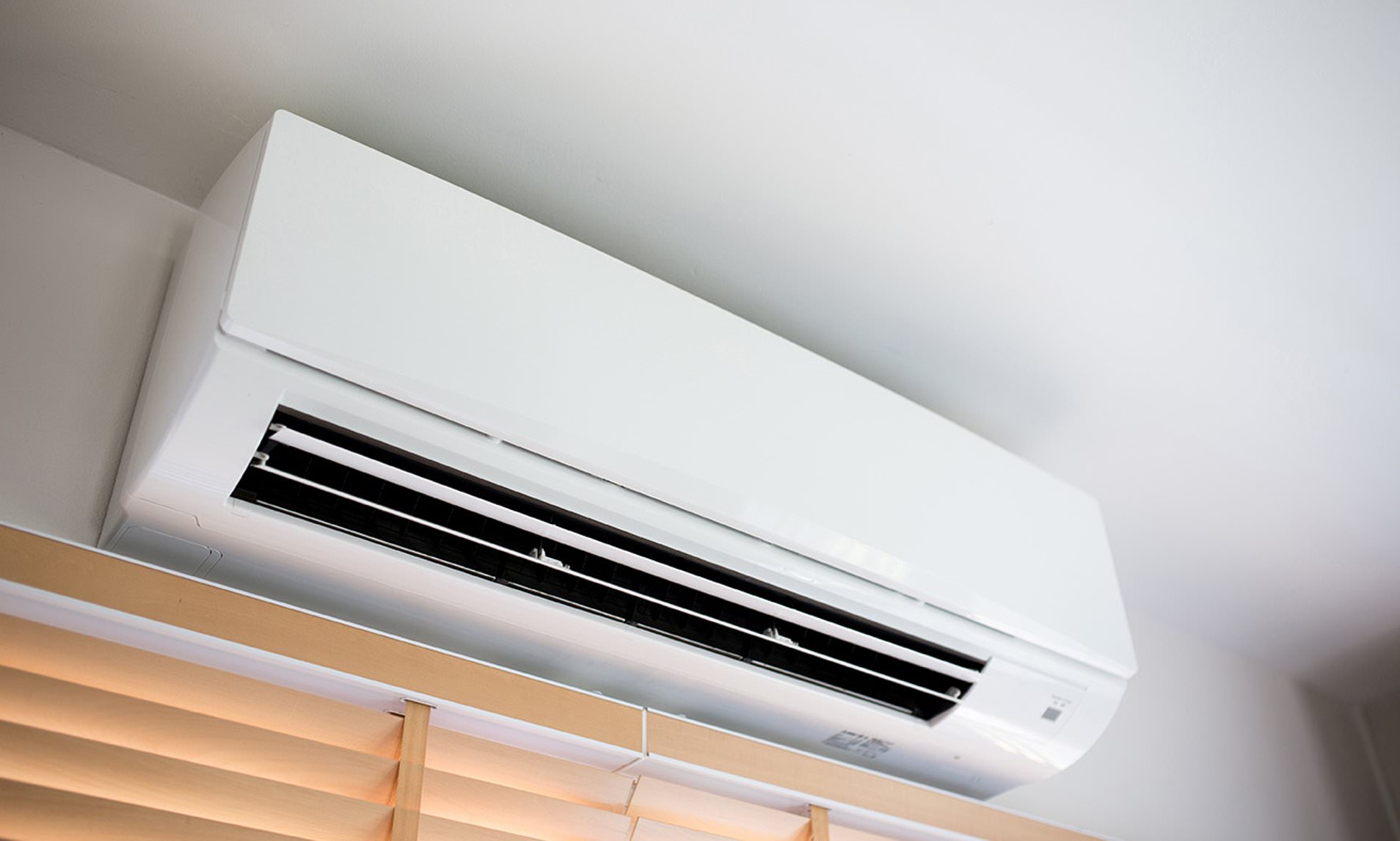

Articles
How Much To Install AC In A House
Modified: October 28, 2024
Looking for articles on how much it costs to install air conditioning in a house? Find comprehensive information and expert advice on AC installation prices here.
(Many of the links in this article redirect to a specific reviewed product. Your purchase of these products through affiliate links helps to generate commission for Storables.com, at no extra cost. Learn more)
Introduction
Welcome to the comprehensive guide on how much it costs to install an air conditioning (AC) system in a house. As summer temperatures soar, having a functional and efficient AC system is essential for keeping your home cool and comfortable. However, the cost of AC installation can vary significantly depending on various factors. In this article, we will delve into the key factors that affect the cost, explore the different types of AC systems available, discuss how to choose the right size for your home, and provide tips for saving money on installation.
When considering the installation of an AC system, it’s crucial to remember that this is an investment in both your comfort and your home’s value. While the upfront cost may seem significant, a properly installed and maintained AC system can provide long-term benefits in terms of energy efficiency and increased property value.
Before diving into the cost breakdown, let’s take a look at the factors that can influence the overall expense of AC installation.
Key Takeaways:
- Properly sizing and choosing the right type of AC system for your home is crucial for optimal performance and energy efficiency. Hiring a professional AC installation company and prioritizing long-term savings over upfront costs are essential for a successful installation.
- While DIY AC installation may seem cost-effective, the lack of expertise and potential mistakes can lead to inefficiencies and safety hazards. Prioritizing quality, energy efficiency, and regular maintenance can ensure a comfortable and enjoyable living environment while keeping costs within budget.
Read more: How Much To Install Blinds In A House
Factors Affecting the Cost of AC Installation
Several factors come into play when determining the cost of AC installation. Understanding these factors will help you budget accordingly and make informed decisions. Here are the key factors that can affect the overall cost:
- Type and Size of the AC System: The type and size of the AC system you choose will significantly impact the cost. There are various types available, such as central air conditioning, ductless mini-split systems, window units, and portable AC units. Central AC systems tend to be more expensive due to their larger capacity and extensive installation requirements. Additionally, larger homes may require more than one unit or a multi-zone system, increasing the cost.
- Home Size: The size of your home plays a crucial role in determining the cost of AC installation. Larger homes require more cooling power and often involve complex ductwork or multiple units. The more extensive the installation and the more equipment needed, the higher the cost will be.
- Existing Infrastructure: If your home already has a central heating system, it may be easier and more cost-effective to install a central AC system. However, if your home does not have existing ductwork, installing a central AC system may require additional duct installation, adding to the overall cost. Ductless mini-split systems can be a viable alternative in such cases.
- Energy Efficiency: Energy-efficient AC systems may have a higher upfront cost but can result in long-term savings on energy bills. Units with a higher seasonal energy efficiency ratio (SEER) rating tend to be more expensive but also more efficient. It’s essential to consider the long-term energy savings when factoring in the initial investment.
- Additional Components: The cost of AC installation can include additional components such as thermostats, air purifiers, programmable timers, or zoning systems. These extras can enhance the comfort and efficiency of your AC system but will add to the overall cost.
- Installation Complexity: The complexity of the installation process can impact the overall cost. Factors such as the accessibility of the installation site, the need for electrical and ductwork modifications, or the presence of existing structural challenges can increase the labor and material costs.
- Geographic Location: The location of your home can also affect the cost of AC installation. Areas with higher living costs or where labor rates are higher may result in higher installation charges. Additionally, regions with extreme climates may require more powerful AC systems, adding to the expense.
Keep in mind that these factors are not exhaustive, and additional considerations may come into play based on your specific circumstances. Now that we have explored the factors influencing the cost of AC installation let’s break down the expenses in more detail.
Cost Breakdown of AC Installation
When it comes to the cost of AC installation, it’s essential to consider both the initial expenses and the long-term costs associated with maintenance and upkeep. Let’s break down the costs involved:
- Equipment Cost: The cost of the AC equipment itself can vary depending on the type, size, and brand you choose. On average, expect to spend between $2,500 and $7,500 for a central AC system, while ductless mini-split systems typically range from $1,500 to $5,000. Window units and portable AC units are generally more affordable, ranging between $200 and $1,000.
- Installation Labor: The labor cost for AC installation can vary depending on factors such as the complexity of the job, the number of units, and the geographic location. On average, installation labor costs can range from $1,500 to $5,000. It’s important to hire a professional HVAC technician or AC installation company to ensure the installation is done correctly for optimal performance and longevity.
- Ductwork Modification or Installation: If your home does not have existing ductwork or if modifications are needed, this can add to the overall cost. The cost of ductwork modification or installation can range from $1,000 to $5,000, depending on the extent of the work required.
- Electrical Work: AC installation may involve electrical modifications or wiring upgrades to support the new system. The cost of electrical work can range from $500 to $2,000, depending on the complexity of the job.
- Additional Components: If you choose to include additional components such as thermostats, air purifiers, or zoning systems, you can expect to spend anywhere from $200 to $2,000 or more, depending on the features and brands you select.
- Permit and Inspection Fees: Some municipalities require permits and inspections for AC installation. The cost of permits can range from $100 to $500, depending on your location.
- Maintenance and Upkeep: Once your AC system is installed, it’s important to budget for regular maintenance and upkeep to ensure optimal performance and longevity. This can include annual maintenance checks, filter replacements, and general repairs. The average annual cost for AC maintenance can range from $100 to $300.
It’s important to note that these cost estimates are approximate and can vary based on various factors specific to your situation. Furthermore, it’s always a good idea to obtain multiple quotes from reputable AC installation companies to compare prices and services.
Now that we’ve explored the cost breakdown of AC installation, let’s delve into the different types of AC systems to help you make an informed decision.
Types of AC Systems
When it comes to choosing an AC system for your home, there are several options to consider. Each type of AC system has its own set of advantages and considerations. Let’s explore the most common types:
- Central Air Conditioning: Central air conditioning systems are the most popular and widely used type of AC system for cooling entire homes. They consist of a central unit that cools and dehumidifies the air, which is then distributed through a network of ducts and vents throughout the house. Central AC systems offer excellent cooling performance and can provide consistent temperature control. However, they tend to be more expensive to install and require ductwork.
- Ductless Mini-Split Systems: Ductless mini-split systems are a great alternative for homes without ductwork or for those who want more flexibility in cooling specific zones or rooms. These systems consist of an outdoor unit and one or more indoor units that are mounted on walls or ceilings. Each indoor unit can be controlled independently, allowing for customized temperature settings in different areas of the house. Ductless mini-split systems are typically more energy-efficient and offer easy installation compared to central AC systems.
- Window Units: Window units are a popular and affordable option for cooling individual rooms. These units are self-contained and fit directly into a window or a specially configured hole in an exterior wall. Window units are easy to install and generally more cost-effective. However, they may not be suitable for cooling larger areas and could obstruct natural light.
- Portable AC Units: Portable AC units are similar to window units but are designed to be movable. They typically consist of a single unit with wheels that can be easily moved from one room to another. Portable AC units require minimal installation and are a convenient option for cooling specific areas. However, they are less efficient than other types of AC systems and may require venting through a window or a specially designed exhaust system.
- Geothermal Cooling Systems: Geothermal cooling systems utilize the stable temperature of the ground to cool air. They extract heat from the indoor air and transfer it to the earth through a series of underground pipes. Geothermal systems can provide highly efficient cooling and are environmentally friendly. However, they require substantial upfront investment and may not be feasible in all locations due to soil conditions and space limitations.
It’s important to consider your specific needs, budget, and the characteristics of your home when choosing the right type of AC system. Consulting with a professional AC installation company can help you determine the most suitable option for your requirements.
Now that we’ve explored the different types of AC systems, let’s move on to understanding the importance of choosing the right size for your home.
Choosing the Right Size of AC for Your Home
Choosing the right size of AC system for your home is crucial for optimal performance, energy efficiency, and comfort. An AC system that is too small may struggle to cool your home adequately, while one that is too large can lead to excessive energy consumption and uneven temperature distribution. Let’s delve into the key factors to consider when determining the right size of AC for your home:
- Home Square Footage: The size of your home plays a significant role in determining the cooling capacity needed. Larger homes require more cooling power to ensure efficient and effective cooling. Calculating the square footage of your home is the starting point in estimating the AC size required.
- Insulation and Energy Efficiency: The level of insulation and energy efficiency in your home can affect the cooling requirements. Well-insulated homes with energy-efficient features such as double-pane windows and proper sealing may require a smaller AC size compared to homes with poor insulation and energy leakage.
- Climatic Conditions: The climate in your area also influences the AC size needed. Hotter and more humid climates typically require larger cooling capacities to maintain comfortable indoor temperatures. Conversely, milder climates may require smaller AC sizes.
- Number of Occupants and Room Usage: The number of people living in your home and how rooms are used can impact the cooling needs. More occupants or rooms with high heat-generating activities, such as kitchens or media rooms, may require a larger AC size to compensate for the additional heat load.
- Windows and Sun Exposure: The number, size, and orientation of windows in your home, as well as the amount of sunlight they receive, can affect the cooling demand. Windows facing direct sunlight may result in higher heat gain and require a larger AC size, while shaded areas may require smaller sizes.
- Existing Ductwork: If your home already has existing ductwork, it’s important to ensure that it is well-designed and properly sealed. Inadequate ductwork can lead to energy loss and inefficient cooling. A professional AC installation company can assess the condition and design of your ductwork and make recommendations on AC sizing accordingly.
It’s crucial to note that HVAC professionals use Manual J calculations to determine the appropriate AC size for your home. These calculations take into account all the above factors to provide an accurate assessment of the cooling needs. It is advisable to consult with a licensed AC installation company to conduct these calculations and guide you in selecting the right size of AC system for your home.
Now that we understand the importance of choosing the right AC size, let’s move on to the next section and explore your options for hiring a professional AC installation company.
Hiring a Professional AC Installation Company
When it comes to AC installation, hiring a professional HVAC company is essential to ensure a seamless and efficient process. Proper installation not only guarantees optimal performance but also helps prevent potential issues that could arise from improper installation. Here are key considerations when hiring a professional AC installation company:
- Experience and Expertise: Look for an HVAC company with extensive experience in AC installation. A reputable company will have a team of trained technicians with the knowledge and expertise to handle the installation process effectively and efficiently.
- Licensing and Certification: Ensure that the HVAC company is licensed and certified to perform AC installations in your area. This ensures that they meet the necessary industry standards and regulations.
- Customer Reviews and Reputation: Research the company’s reputation and read customer reviews to gauge their track record. Positive reviews and satisfied customers are indications of reliable service and customer satisfaction.
- Free Estimates: Many HVAC companies offer free estimates for AC installation. Take advantage of this opportunity to gather multiple quotes and compare prices, services, and warranties. Be wary of companies that provide significantly lower quotes, as it may be a sign of subpar service or low-quality equipment.
- Written Contracts and Guarantees: Request a written contract that outlines the details of the installation, including equipment specifications, schedule, labor costs, warranty, and any additional services. A clear written contract protects both parties and ensures transparency.
- Insurance Coverage: Verify that the HVAC company has liability insurance coverage. This protects you in case of any accidental damage or injuries that may occur during the installation process.
- Customer Support and Service: Consider the level of customer support and service offered by the HVAC company. Choose a company that provides responsive and reliable customer support, as you may need assistance with maintenance, repairs, or future inquiries.
By hiring a professional AC installation company, you can have peace of mind knowing that the installation process will be handled by trained experts. They can guide you through the selection process, ensure proper sizing, and guarantee a smooth and hassle-free installation.
Now that we’ve covered the importance of hiring professionals let’s explore the pros and cons of DIY AC installation versus professional installation.
Get multiple quotes from different HVAC companies to compare prices and services. Make sure to ask about any additional costs for installation, such as ductwork or electrical upgrades.
DIY AC Installation vs Professional Installation
When it comes to AC installation, you may be tempted to take the DIY route to save money. While DIY projects can be fulfilling, it’s important to consider the advantages and disadvantages of DIY AC installation compared to hiring a professional. Let’s explore both options:
DIY AC Installation
Pros:
- Cost Savings: DIY AC installation can potentially save you money on labor costs. However, it’s important to weigh this against the potential risks and complications that may arise.
- Flexibility and Control: DIY projects allow you to have full control over the installation process, from choosing the equipment to determining the timeline. This can be appealing if you prefer hands-on involvement.
- Satisfaction and Learning Experience: Successfully completing a DIY AC installation can provide a sense of accomplishment and allow you to develop new skills and knowledge about HVAC systems.
Cons:
- Lack of Expertise: HVAC installation requires specialized knowledge and skill. Without proper training and experience, it can be challenging to install the system correctly, potentially leading to performance issues and safety hazards.
- Potential Costly Mistakes: DIY installation carries the risk of making mistakes that could damage the equipment or lead to inefficiencies. Inaccurate sizing, improper ductwork, or faulty electrical connections can result in increased energy consumption, frequent breakdowns, and costly repairs.
- Voided Warranty: Many manufacturers require professional installation to keep the warranty valid. Attempting a DIY installation may void the warranty, leaving you responsible for repair costs.
Professional Installation
Pros:
- Expertise and Experience: HVAC professionals have the necessary training, knowledge, and experience to ensure proper installation. They understand the complexities of the system and can address any challenges that may arise.
- Time and Efficiency: Professionals can complete the installation in a timely manner, minimizing downtime and ensuring that your AC system is up and running efficiently as quickly as possible.
- Compliance and Safety: HVAC professionals adhere to industry standards and safety protocols during installation. This reduces the risk of accidents, ensures compliance with local codes and regulations, and provides peace of mind.
Cons:
- Higher Cost: Professional installation involves labor costs, which can be higher compared to a DIY project. However, considering the expertise and potential long-term savings, professional installation is an investment worth considering.
- Limited Control: Hiring professionals means relinquishing some control over the installation process. While you can provide input and preferences, the final decisions may be based on their expertise and best practices.
It’s important to consider your own skills, experience, and comfort level before deciding between DIY AC installation and hiring professionals. If you have confidence in your abilities and are knowledgeable in HVAC systems, a DIY approach may work for you. However, for most homeowners, professional installation is recommended to ensure proper installation, optimal performance, and long-term cost savings.
Now that we’ve covered DIY versus professional installation, let’s move on to some valuable tips for saving money on AC installation.
Read more: How Much Is An AC Recharge
Tips for Saving Money on AC Installation
AC installation can be a significant investment, but there are ways to save money without compromising on quality and efficiency. Consider the following tips to help reduce the cost of AC installation:
- Get Multiple Quotes: Reach out to multiple AC installation companies to obtain quotes. This allows you to compare prices, services, and warranties to find the best value for your money.
- Consider Energy Efficiency: While energy-efficient AC systems may have a higher upfront cost, they can result in long-term savings on your energy bills. Look for systems with high SEER ratings to ensure optimal energy efficiency.
- Explore Financing Options: Some AC installation companies offer financing options that can help distribute the cost over time. This can make the upfront investment more manageable for your budget.
- Take Advantage of Rebates and Incentives: Research local rebates, incentives, or tax credits offered for upgrading to energy-efficient AC systems. These financial incentives can help offset the installation cost.
- Size the AC System Correctly: Properly sizing the AC system for your home is essential. A system that is too large will lead to higher energy consumption, while one that is too small may struggle to cool your home adequately. Consult with professionals to ensure the AC system is sized correctly for optimal efficiency.
- Focus on Preventive Maintenance: Regular maintenance of your AC system can prolong its lifespan and prevent costly repairs. Schedule annual maintenance checks to ensure the system is running efficiently and address any issues before they escalate.
- Maximize Insulation and Air Sealing: Improve the energy efficiency of your home by maximizing insulation and air sealing. Proper insulation reduces heat transfer, making your AC system more efficient and reducing cooling requirements.
- Explore Ductless Mini-Split Systems: Consider ductless mini-split systems if your home lacks existing ductwork or if you prefer zoned cooling. These systems can be more cost-effective to install since they require less extensive ductwork modifications.
- Properly Seal and Insulate Ductwork: If you have existing ductwork, ensure that it is properly sealed and insulated. Leaky or uninsulated ducts can lead to energy loss, reducing the efficiency of your AC system and increasing cooling costs.
- Ensure Proper AC Placement: Work with professionals to determine the optimal location for the outdoor unit of your AC system. Proper placement can improve system efficiency, reduce energy consumption, and prevent potential damage.
By implementing these tips, you can make informed decisions, optimize efficiency, and keep costs within your budget during the AC installation process. Remember, though it’s important to save money, it’s equally important to prioritize quality and long-term energy savings for your home.
Now that we’ve explored various ways to save money, let’s conclude our comprehensive guide to AC installation.
Maintenance and Upkeep Costs
Along with the initial installation cost, it’s important to budget for ongoing maintenance and upkeep of your AC system. Regular maintenance helps ensure optimal performance, extend the lifespan of the equipment, and prevent costly repairs. Here are some key considerations when it comes to maintenance and upkeep costs:
- Annual Maintenance Checks: It is highly recommended to schedule annual maintenance checks with a professional HVAC technician. During these inspections, the technician will clean and inspect the system, check refrigerant levels, test the efficiency, and make any necessary adjustments. The average cost for annual maintenance can range from $100 to $300, depending on the service provider and the extent of the service.
- Filter Replacements: Regularly replacing the air filters in your AC system is vital for maintaining airflow and indoor air quality. The frequency of filter replacements depends on factors such as the type of filter, household conditions, and air quality. Disposable filters typically need to be replaced every 1 to 3 months, with an average cost of $5 to $20 per filter. Washable filters require cleaning every 1 to 3 months, but they have a longer lifespan.
- Condenser Coil Cleaning: Over time, the condenser coils on the outdoor unit of your AC system can accumulate dirt and debris, reducing the system’s efficiency. Periodic cleaning of the condenser coils is recommended. You can opt to do this yourself or hire a professional for this service, typically costing around $100 to $200.
- Refrigerant Recharge: In some cases, an AC system may require a refrigerant recharge if there is a leak or low refrigerant levels. This should only be done by a licensed professional. The cost of a refrigerant recharge can vary depending on the type and amount of refrigerant needed, typically ranging from $150 to $500.
- Repairs and Component Replacements: Over time, components of your AC system may wear out or break down, requiring repairs or replacements. The cost of repairs can vary greatly depending on the extent of the damage and the parts required. It’s essential to address any issues promptly to prevent further damage and increase costs.
- Extended Warranties: Consider investing in extended warranties or service plans for your AC system. These plans can provide coverage for repairs and replacements, offering financial protection against unexpected costs. The cost of extended warranties can range from $100 to $500 or more, depending on the coverage and duration.
Proper and regular maintenance of your AC system is crucial to ensure its long-term performance and efficiency. By budgeting for these maintenance and upkeep costs, you can help prevent major repairs, improve energy efficiency, and prolong the lifespan of your AC system.
Now that we’ve covered maintenance and upkeep costs, let’s conclude this comprehensive guide to AC installation.
Conclusion
Installing an air conditioning (AC) system in your home is a significant investment that can greatly enhance your comfort during hot summer months. By understanding the factors that affect the cost of AC installation, you can make informed decisions and budget accordingly.
Consider the type and size of the AC system that best suits your home’s needs. Whether you opt for a central air conditioning system, ductless mini-split system, window unit, or portable AC unit, each has its own advantages and considerations. It’s important to choose the right size of AC system to ensure optimal performance and energy efficiency.
Hiring a professional AC installation company is highly recommended to ensure proper installation, compliance with regulations, and optimal functioning of the system. While DIY AC installation may seem like a cost-saving option, it is important to consider the risks and potential pitfalls that come with lack of expertise and experience.
Additionally, there are various ways to save money on AC installation, such as obtaining multiple quotes, exploring financing options, and taking advantage of rebates and incentives. However, it’s crucial to prioritize quality and energy efficiency over upfront cost savings, as a properly installed and maintained AC system can provide long-term benefits.
Maintenance and upkeep costs should also be factored into your AC system budget. Regular inspections, filter replacements, condenser coil cleaning, and addressing any repairs promptly are essential for optimal system performance and longevity.
In conclusion, investing in a well-installed and properly maintained AC system can provide a comfortable and enjoyable living environment, especially during hot summer months. By considering the factors discussed in this comprehensive guide, you will be equipped to make informed decisions and ensure the best possible AC installation for your home.
Remember, consulting with a professional HVAC technician or AC installation company is crucial in determining the specific requirements of your home and ensuring a successful installation process. Stay cool and comfortable with a properly installed and well-maintained AC system!
Frequently Asked Questions about How Much To Install AC In A House
Was this page helpful?
At Storables.com, we guarantee accurate and reliable information. Our content, validated by Expert Board Contributors, is crafted following stringent Editorial Policies. We're committed to providing you with well-researched, expert-backed insights for all your informational needs.
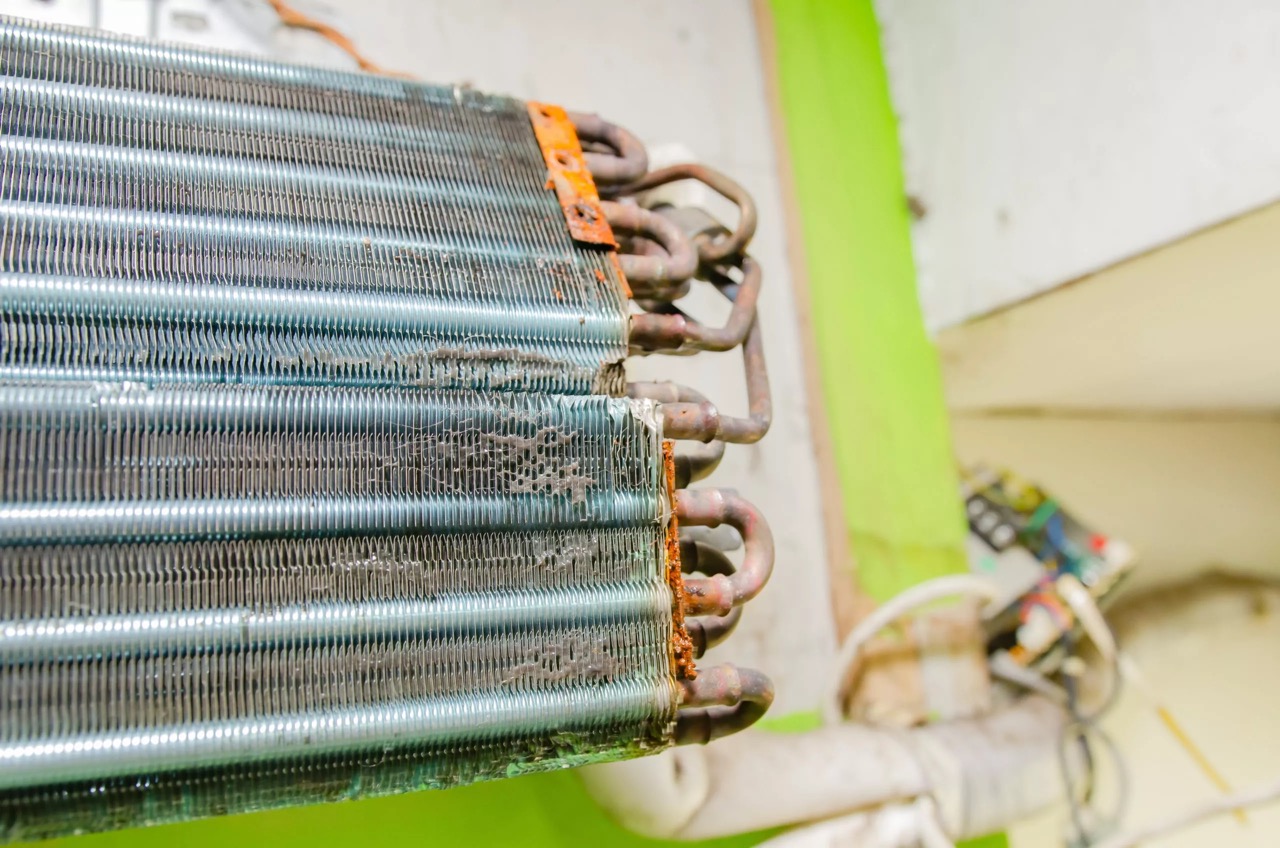
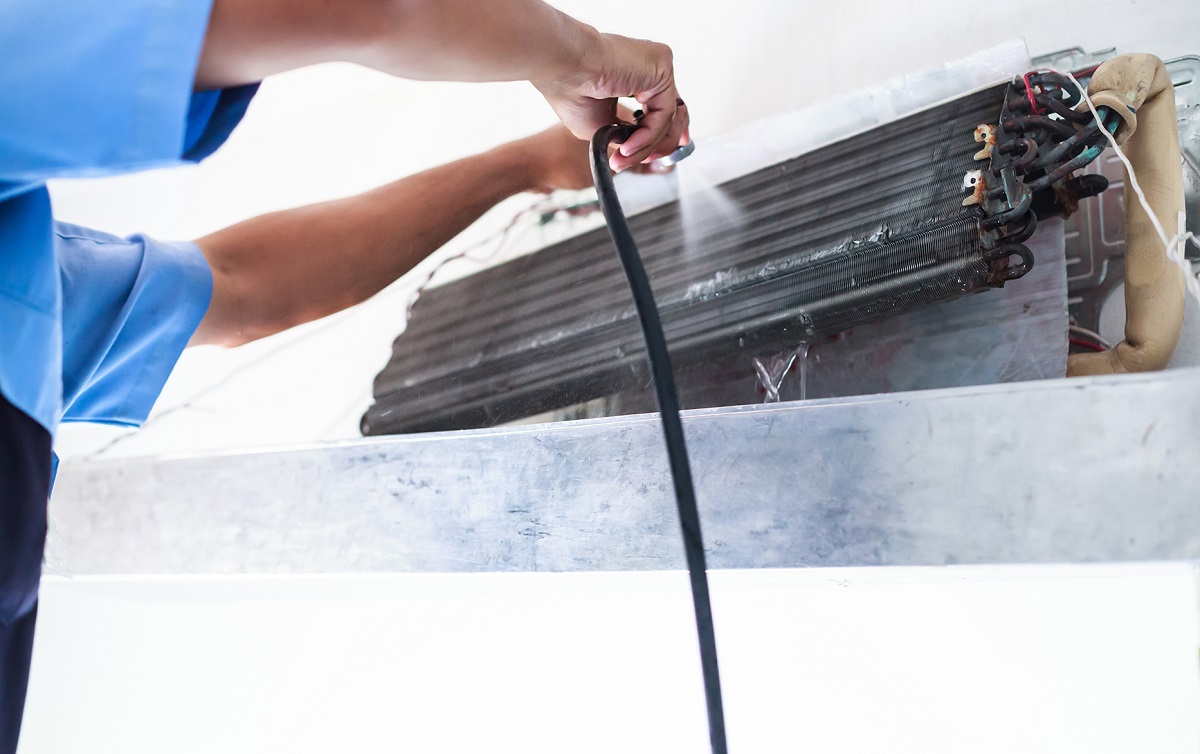
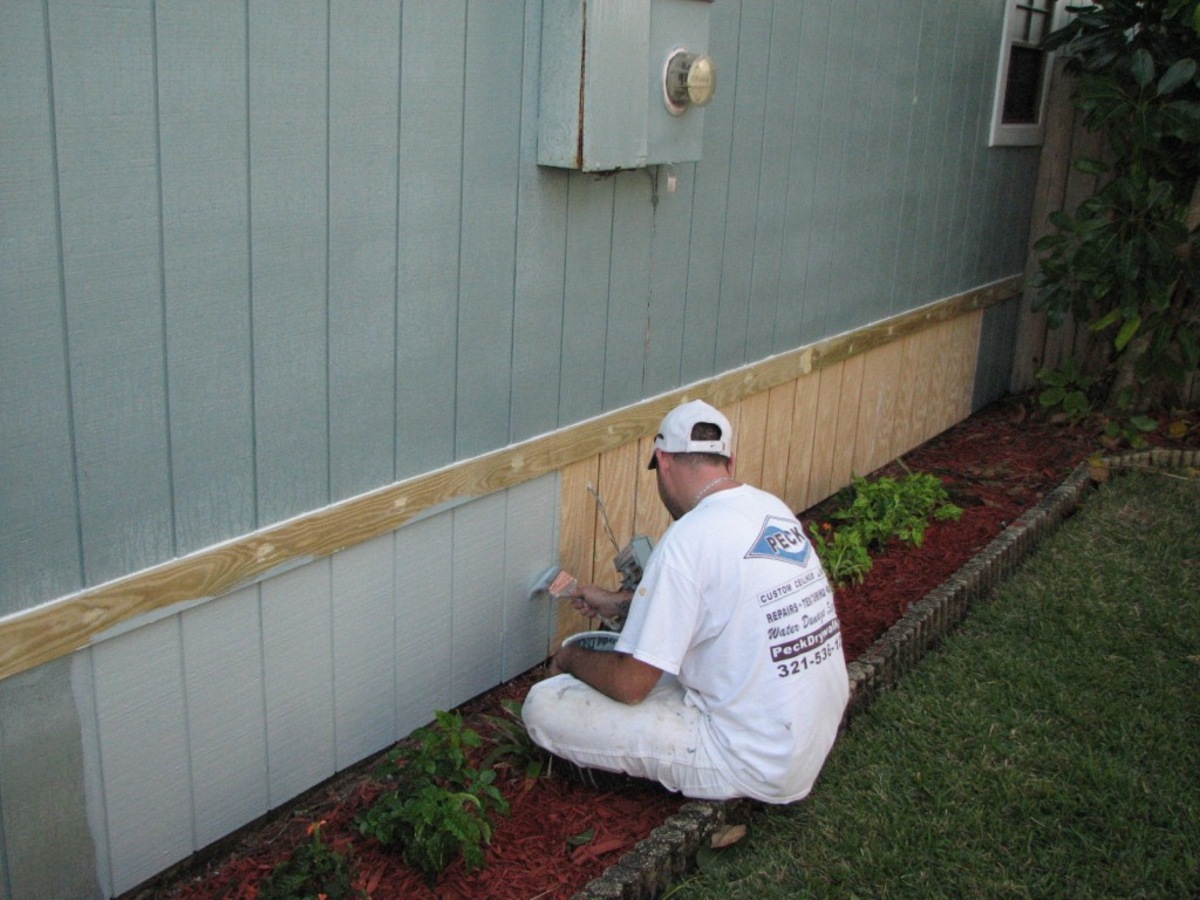
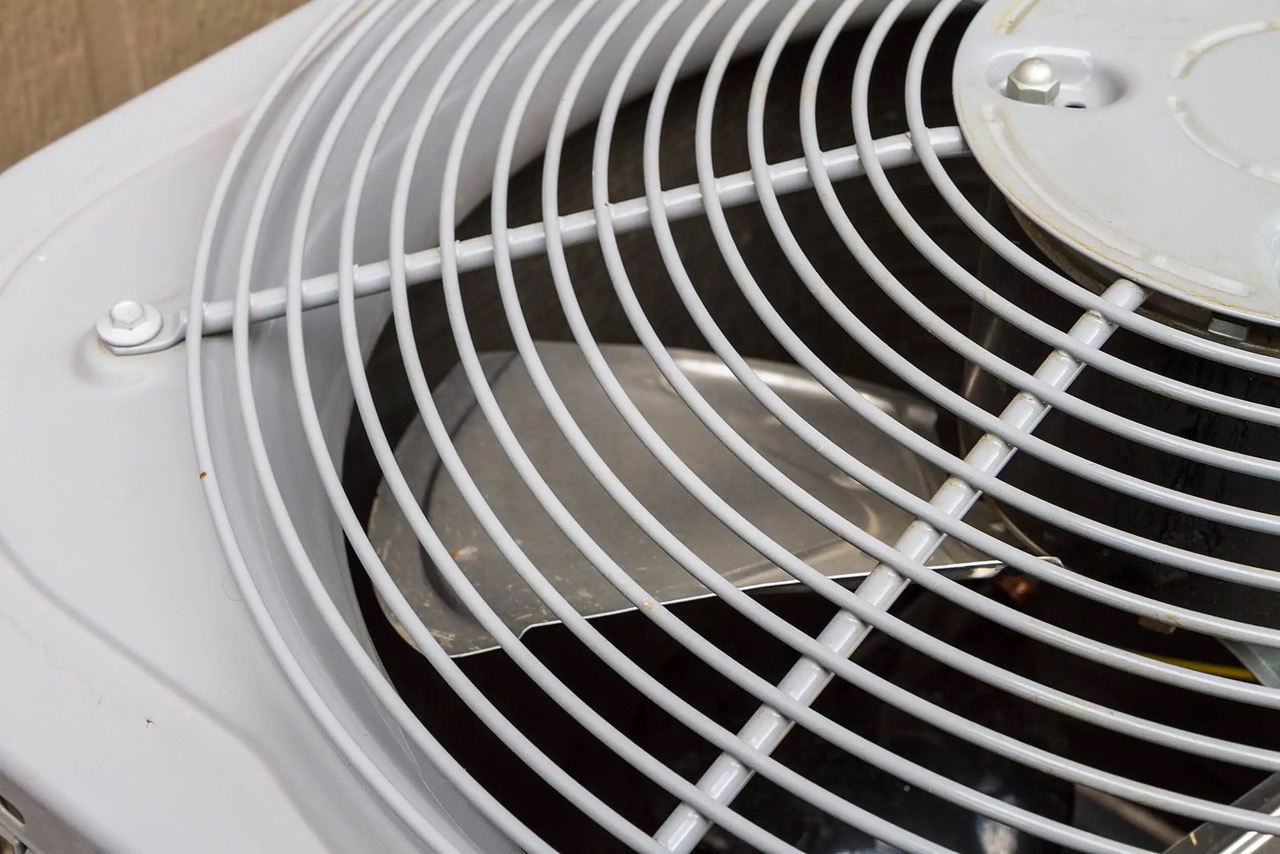
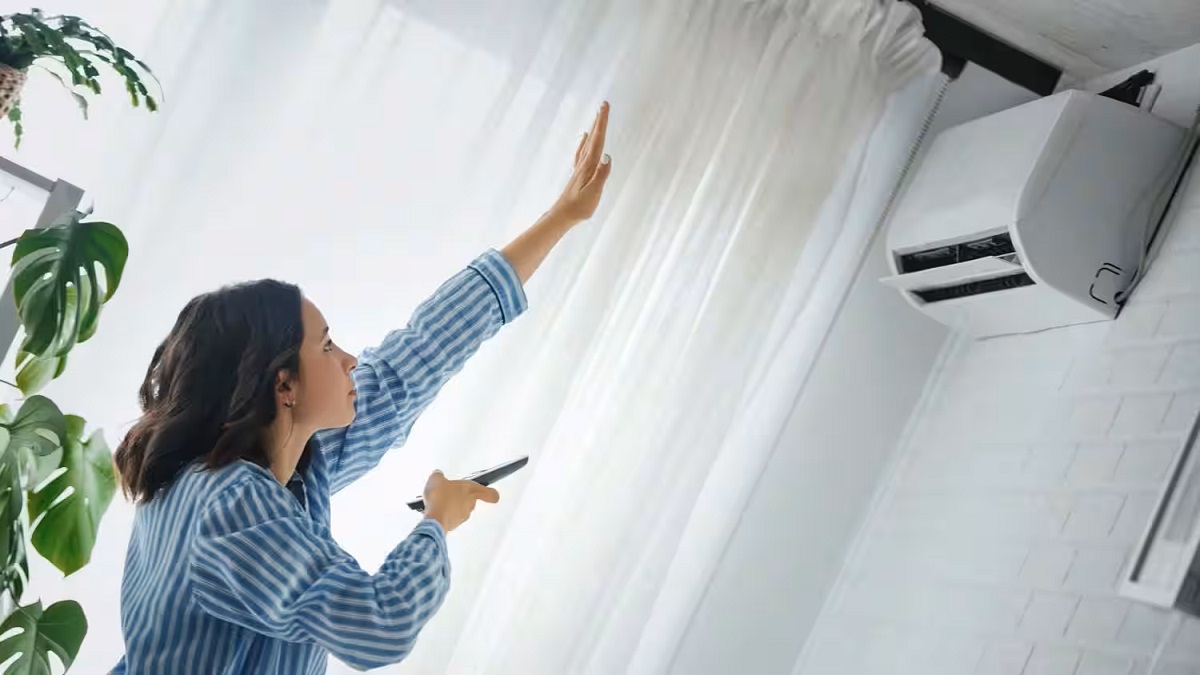
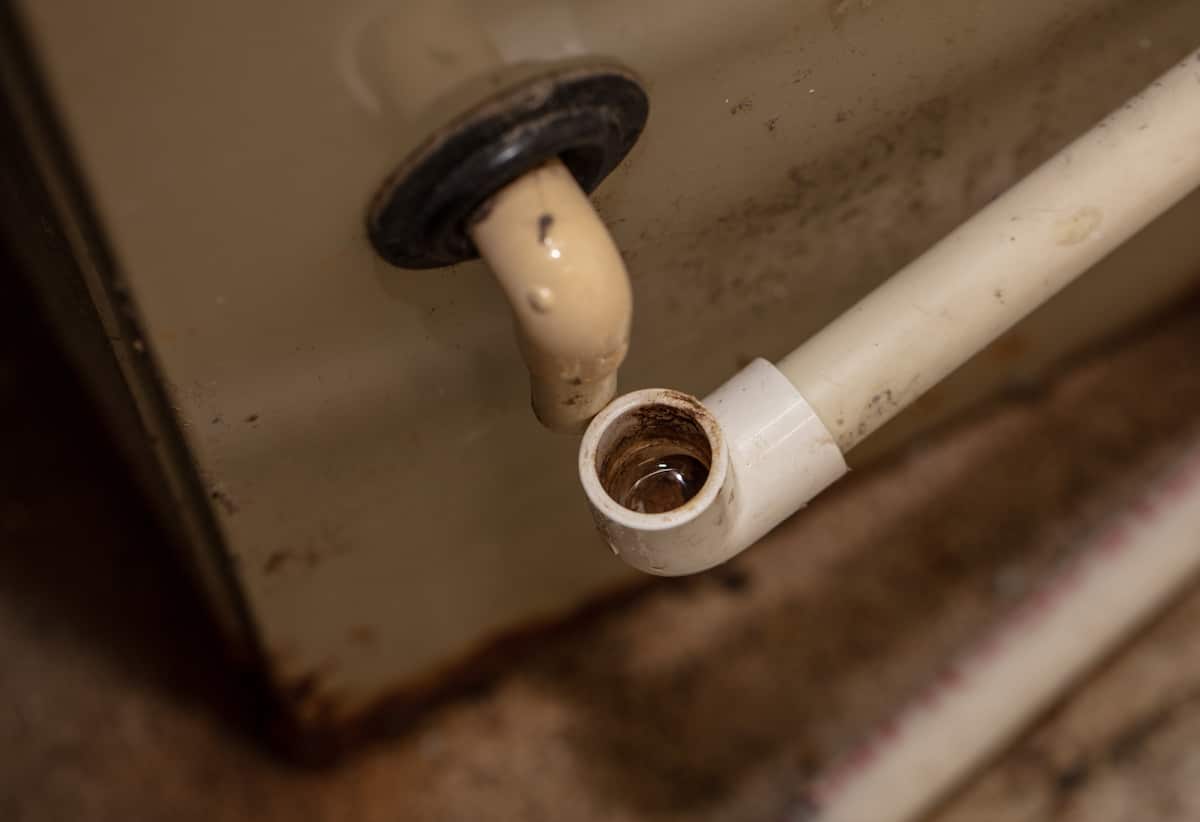
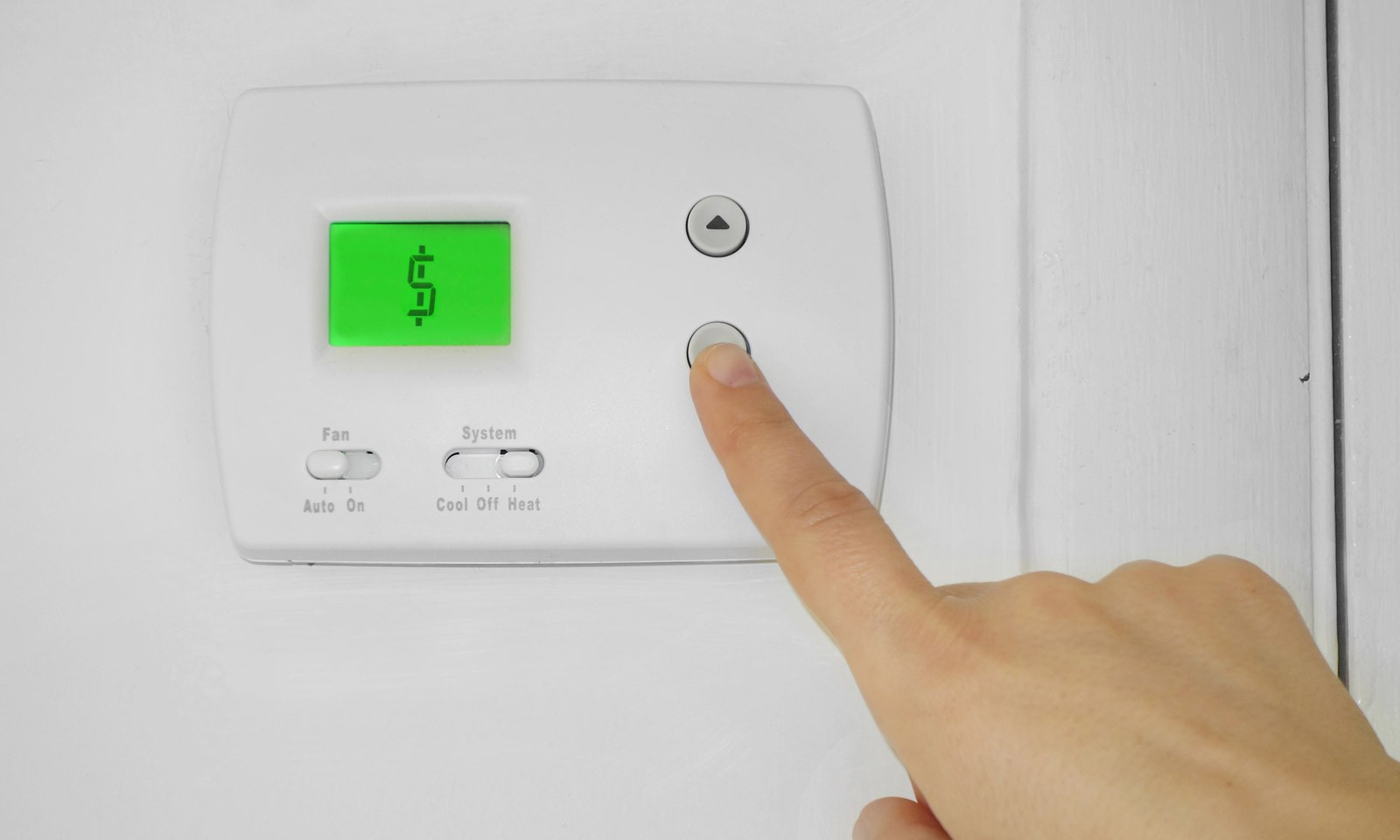
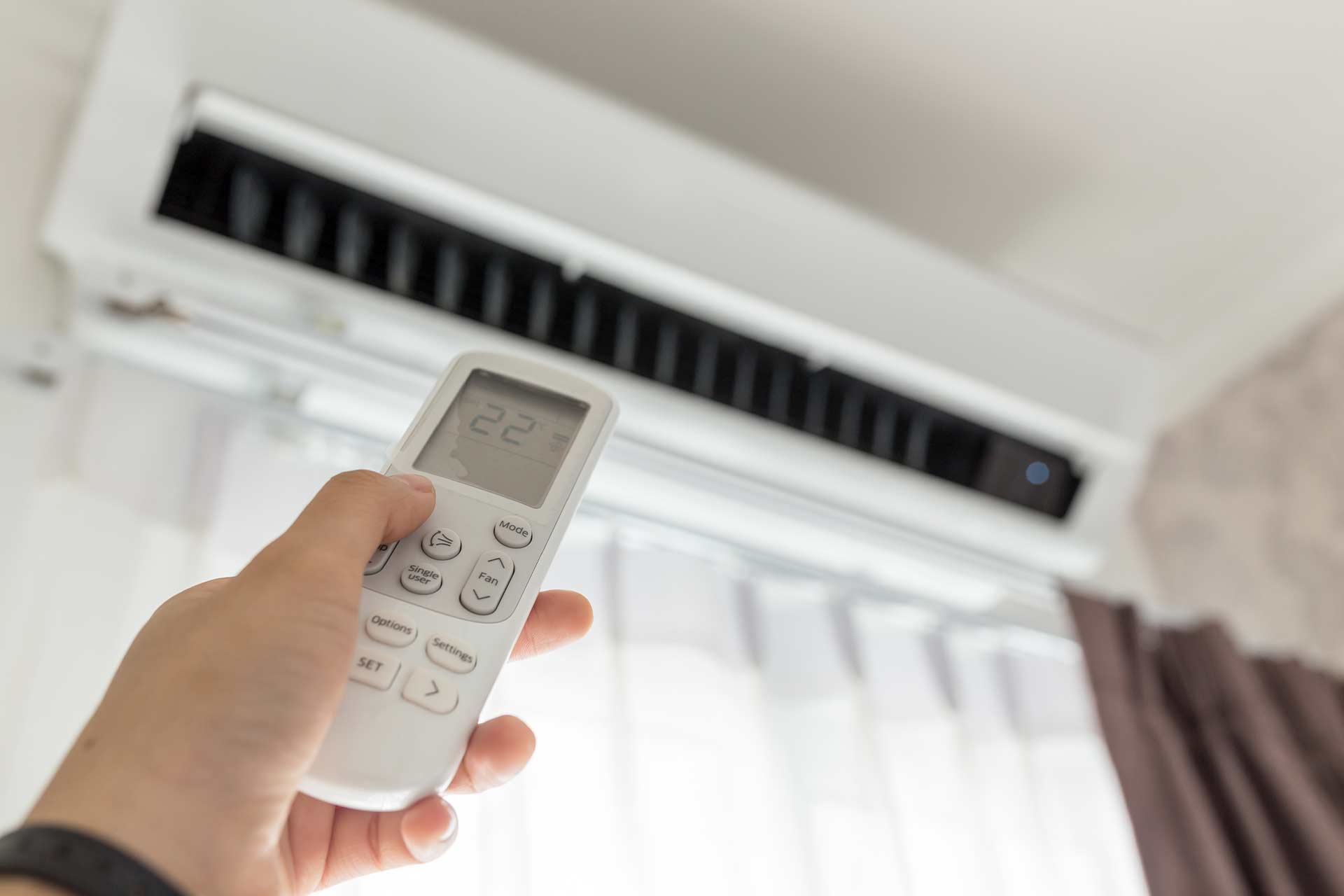
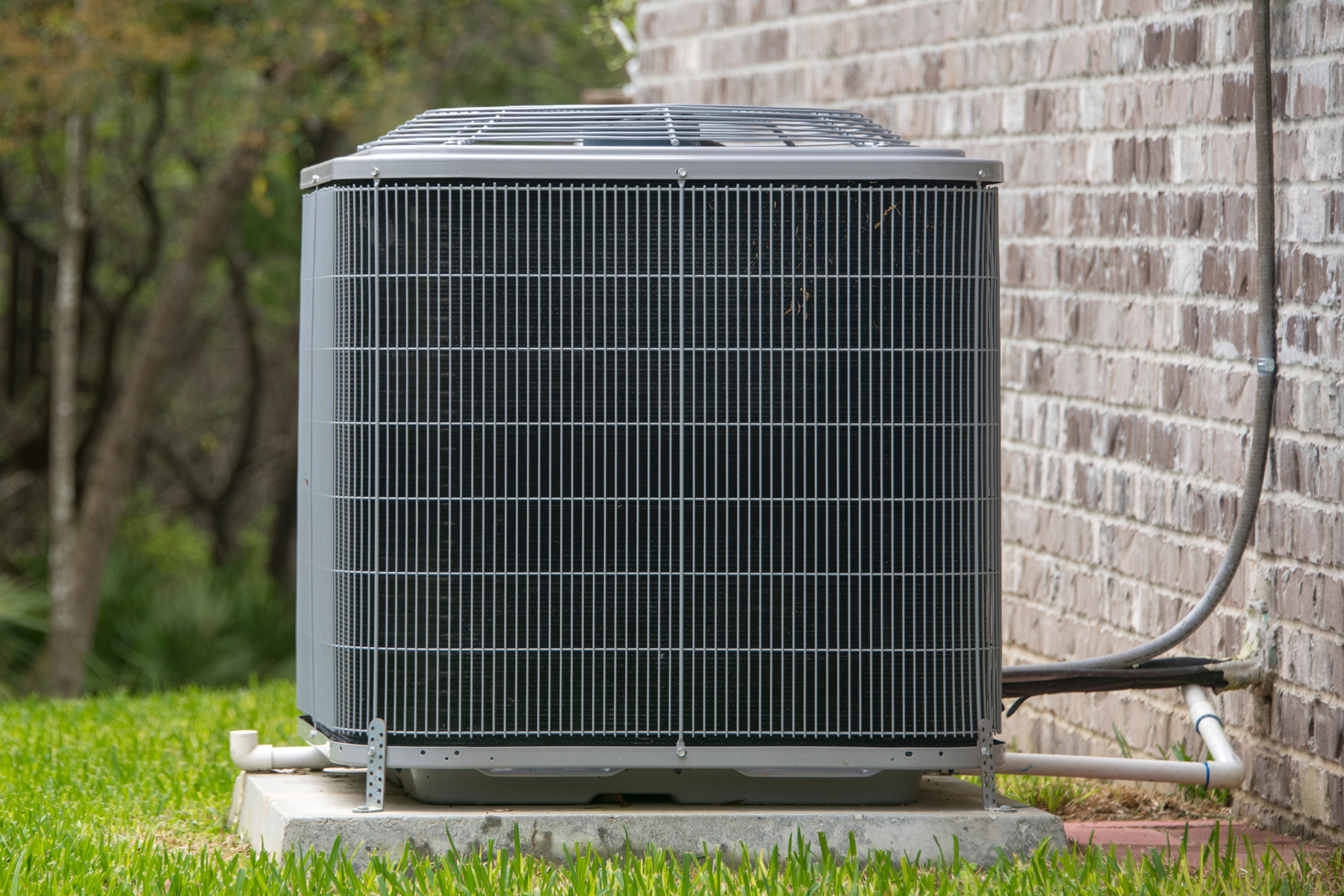
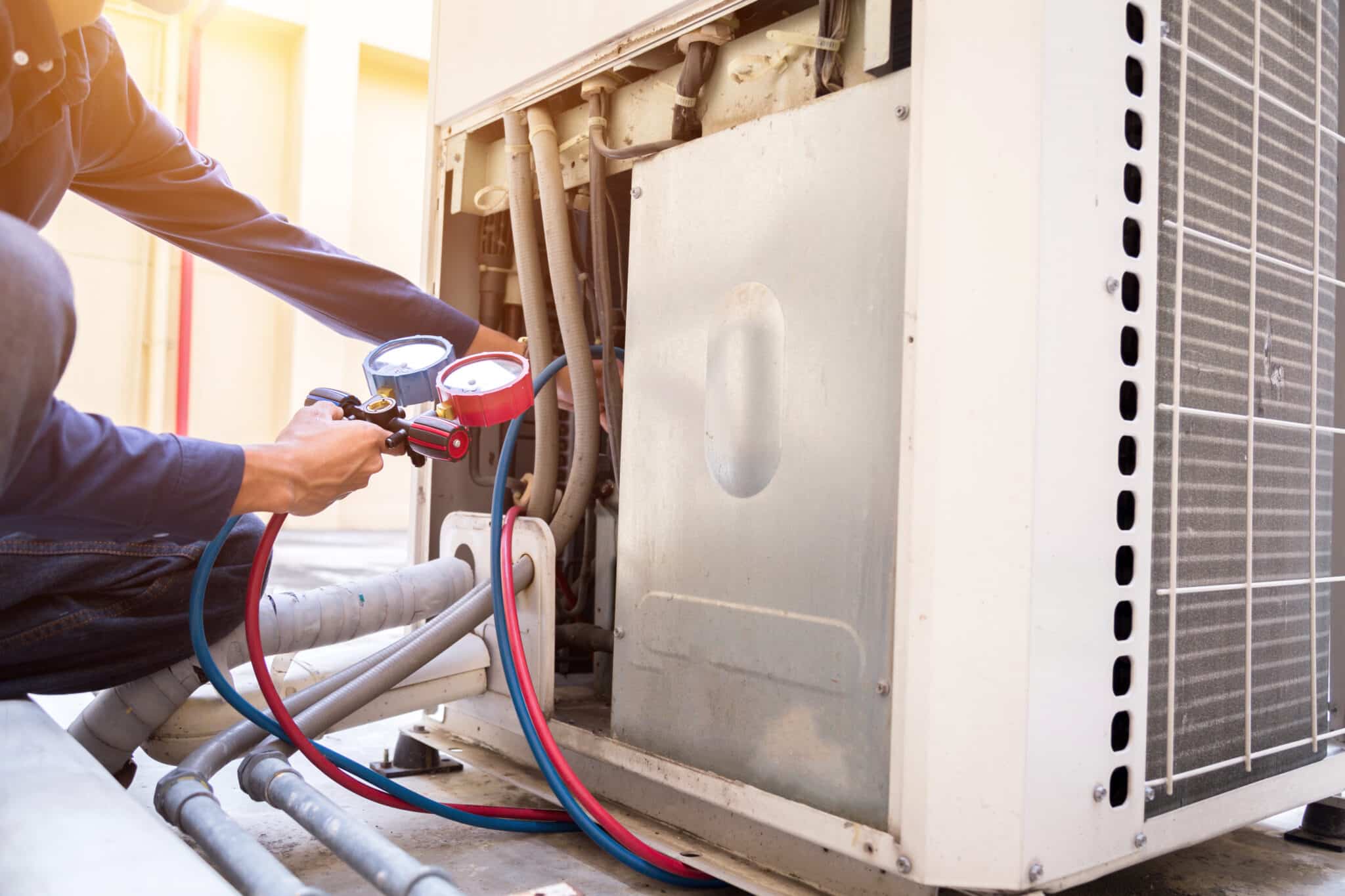
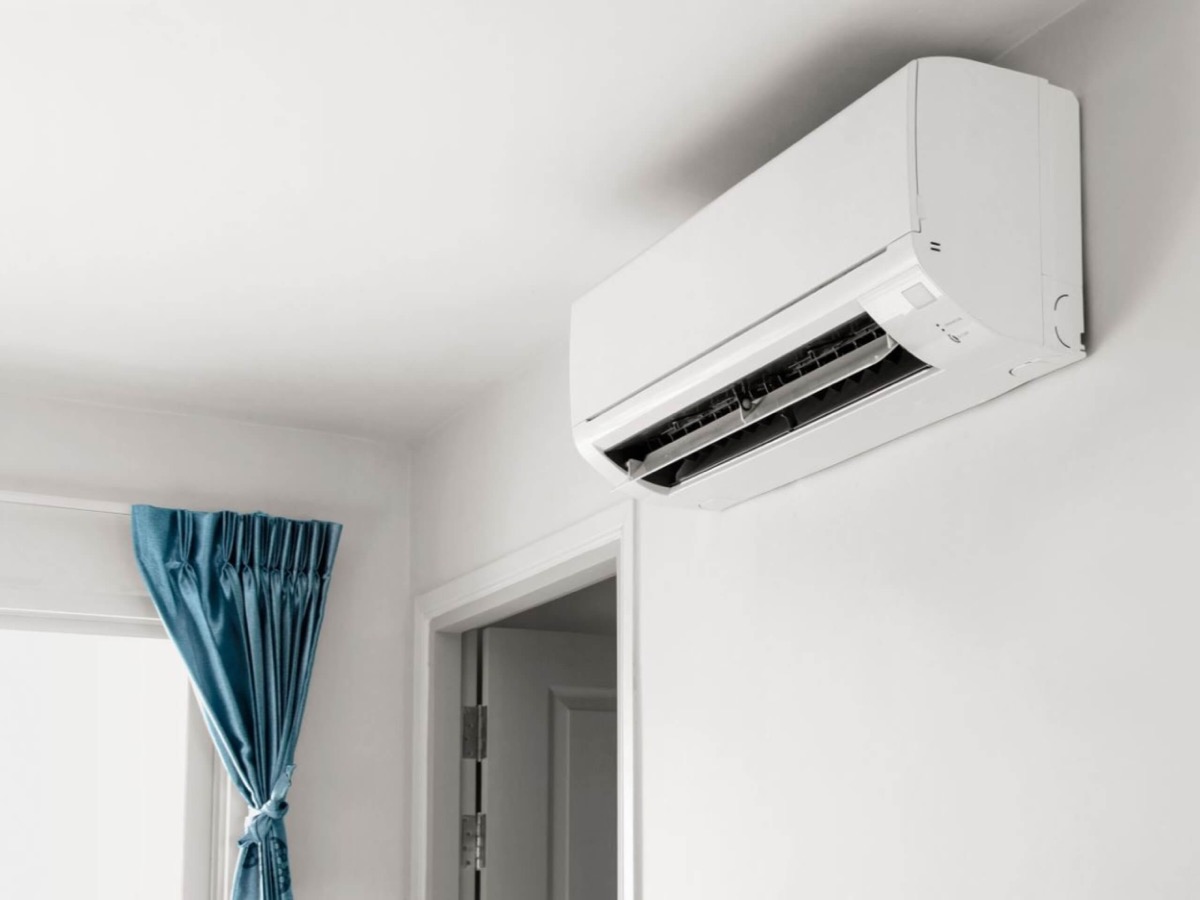
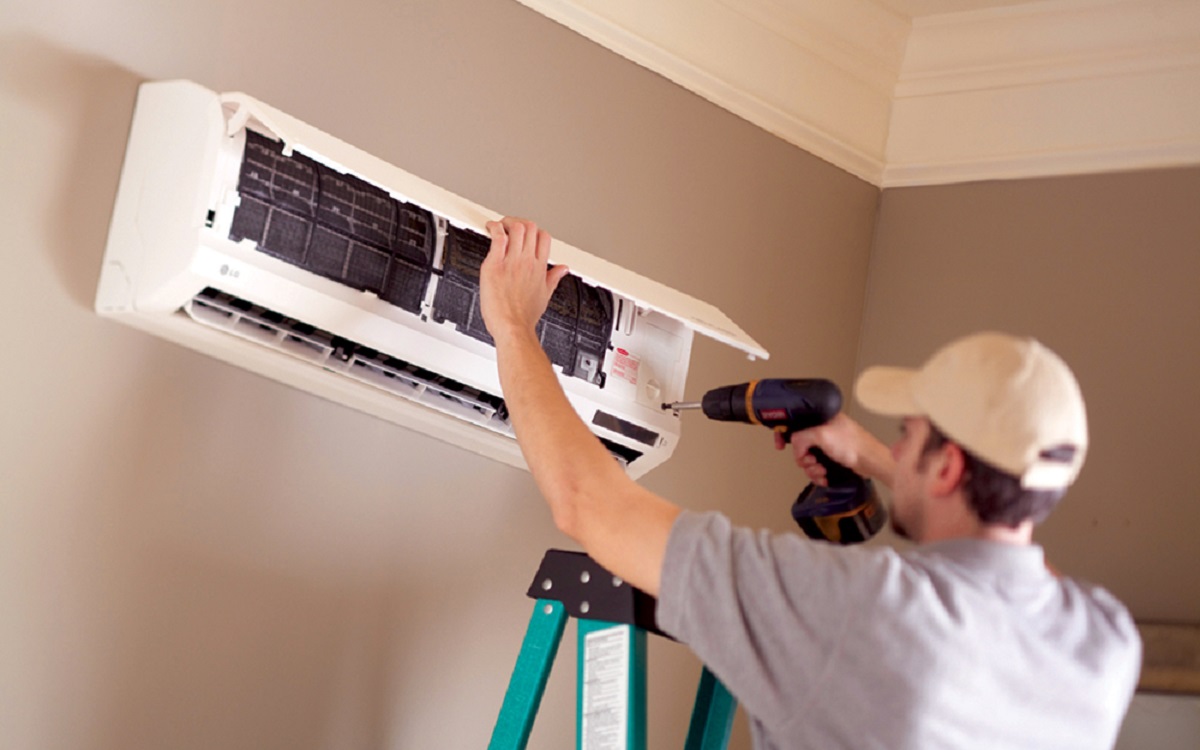
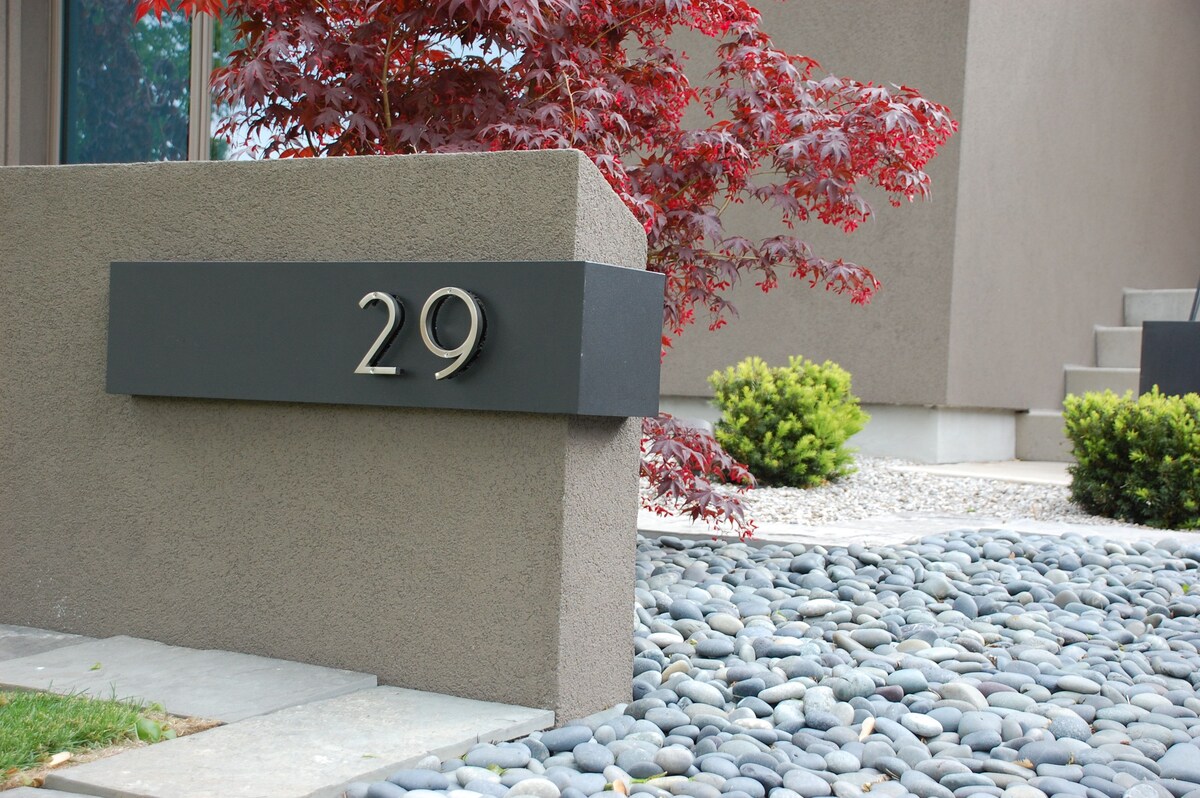

0 thoughts on “How Much To Install AC In A House”